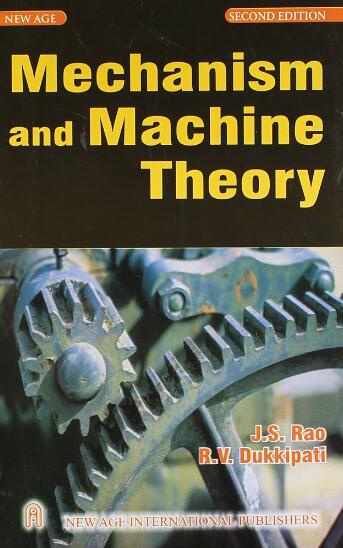Human–Machine coupled modeling of mandibular musculoskeletal multibody system and its application in the designation of mandibular movement function trainer
IF 4.5
1区 工程技术
Q1 ENGINEERING, MECHANICAL
引用次数: 0
Abstract
Many patients suffering from oral and maxillofacial tumors present trismus in the six months following mandibulectomy. Traditional mandibular movement function trainers (MMFT) cannot fulfill patient-specific targeted training, but mandibular musculoskeletal modeling can reveal patient-specific muscle recruitment patterns. This study proposed a digital rehabilitation framework for patients via mandibular musculoskeletal simulations. A flexible MMFT consisting of a soft intraoral airbag and a cable-driven extraoral trainer was designed. A human–machine coupling model was established to estimate the patient-specific muscle activations. Here, the intraoral trainer was modeled as a force vector, and the extraoral trainer was discretized by the flexible cable elements via an arbitrary Lagrangian–Eulerian description. Dynamic optimizations were performed to determine the patient-specific auxiliary forces, and the obtained values were utilized to design a quantitative rehabilitation plan. The effectiveness of the MMFT at increasing the magnitude of mandibular opening was validated with in vitro measurements. Numerical predictions for eight patients demonstrated that the proposed rehabilitation framework could improve the patient's jaw opening magnitude by an average of 3.8 ± 2.0 mm, highlighting the importance of subject-specific musculoskeletal modeling in mandibular rehabilitation.
下颌骨肌肉骨骼多体系统的人机耦合建模及其在下颌骨运动功能训练器设计中的应用
许多口腔颌面部肿瘤患者在下颌骨切除术后的六个月内都会出现咀嚼障碍。传统的下颌骨运动功能训练器(MMFT)无法实现针对患者的针对性训练,但下颌骨肌肉骨骼模型可以揭示患者特定的肌肉募集模式。本研究通过下颌骨肌肉骨骼模拟为患者提出了一个数字化康复框架。研究人员设计了一种灵活的下颌肌肉骨骼模拟训练器(MMFT),该训练器由一个口内软气囊和一个电缆驱动的口外训练器组成。建立了一个人机耦合模型,以估计患者特定的肌肉激活。在该模型中,口内训练器被建模为力矢量,口外训练器则通过任意拉格朗日-欧勒描述由柔性线缆元素离散化。通过动态优化来确定患者特定的辅助力,并利用所获得的值来设计定量康复计划。体外测量验证了 MMFT 在增加下颌骨张开幅度方面的有效性。对八名患者进行的数值预测表明,所建议的康复框架可将患者的下颌打开幅度平均提高 3.8 ± 2.0 毫米,这凸显了针对特定对象的肌肉骨骼建模在下颌康复中的重要性。
本文章由计算机程序翻译,如有差异,请以英文原文为准。
求助全文
约1分钟内获得全文
求助全文
来源期刊

Mechanism and Machine Theory
工程技术-工程:机械
CiteScore
9.90
自引率
23.10%
发文量
450
审稿时长
20 days
期刊介绍:
Mechanism and Machine Theory provides a medium of communication between engineers and scientists engaged in research and development within the fields of knowledge embraced by IFToMM, the International Federation for the Promotion of Mechanism and Machine Science, therefore affiliated with IFToMM as its official research journal.
The main topics are:
Design Theory and Methodology;
Haptics and Human-Machine-Interfaces;
Robotics, Mechatronics and Micro-Machines;
Mechanisms, Mechanical Transmissions and Machines;
Kinematics, Dynamics, and Control of Mechanical Systems;
Applications to Bioengineering and Molecular Chemistry
 求助内容:
求助内容: 应助结果提醒方式:
应助结果提醒方式:


